The question "Is Swarovski jewelry real?" appears frequently in online searches, revealing a common curiosity among consumers. This question stems from a fundamental misunderstanding about what constitutes "real" jewelry and how Swarovski fits into the broader jewelry market. To properly answer this question, we need to examine what Swarovski actually makes, the materials they use, and how their products compare to traditional fine jewelry.
What Defines "Real" Jewelry?
Before addressing Swarovski specifically, it's important to understand that the concept of "real" jewelry lacks a standardized definition. In common usage, people typically associate "real jewelry" with:
-
Precious metals (solid gold, silver, platinum)
-
Natural gemstones (diamonds, emeralds, sapphires, etc.)
-
Lasting value and potential investment quality
-
Craftsmanship and artisanal techniques
However, this definition excludes vast categories of legitimately crafted, high-quality accessories that use alternative materials. A more accurate distinction would be between:
- Fine jewelry: Made with precious metals and natural gemstones
- Fashion/costume jewelry: Made with other materials like crystals, glass, base metals, etc.
- Bridge jewelry: Occupying a middle ground, often using semi-precious stones and sterling silver
Understanding these categories helps place Swarovski in proper context rather than questioning its authenticity.
The Swarovski Legacy and Reputation
Founded in 1895 by Daniel Swarovski in Austria, the company pioneered precision-cut crystal manufacturing. For over 125 years, Swarovski has maintained a reputation for exceptionally high-quality crystal products. Their innovation was developing a mechanical cutting process that allowed crystals to be cut with unprecedented precision, creating the extraordinary brilliance that became the brand's signature.
Swarovski crystals are manufactured (man-made) products, not natural gemstones. However, this doesn't make them "fake" – they're genuine crystal glass created through a proprietary process that includes:
- Precise mineral compositions
- Careful manufacturing standards
- Patented cutting techniques
- Proprietary coating methods that create their signature sparkle
Swarovski's reputation is built on consistency, quality control, and innovation rather than the intrinsic rarity of their materials.
Materials Used in Swarovski Jewelry
Swarovski Crystals vs. Natural Gemstones
Swarovski crystals are made from quartz, minerals, and sand that undergo a heating process with lead oxide (though many newer lines are lead-free to meet environmental standards). These are genuine crystal glass products – not imitation diamonds or counterfeit gemstones.
Key differences between Swarovski crystals and natural gemstones:
|
Characteristic |
Swarovski Crystals |
Natural Gemstones |
|
Formation |
Man-made in factories |
Formed naturally in the earth over thousands/millions of years |
|
Composition |
Crystal glass with precise mineral formulations |
Varied mineral compositions specific to each gemstone |
|
Hardness |
6-7 on the Mohs scale |
Varies (diamond is 10, sapphire 9, emerald 7.5-8) |
|
Refractive properties |
Engineered for maximum light reflection |
Natural optical properties that vary by stone |
|
Consistency |
Highly consistent in color and quality |
Natural variations, inclusions, and color differences |
|
Price |
More affordable |
Significantly more expensive, especially for high-quality specimens |
Metal Components in Swarovski Jewelry
Swarovski typically uses:
-
Rhodium-plated base metals: A durable finish that resists tarnishing
-
Gold-plated base metals: Usually brass or copper coated with a layer of gold
-
Sterling silver: In some higher-end collections
-
Rose gold plating: Popular for its contemporary appeal
These are standard practices in the fashion jewelry industry. The plating provides the appearance of precious metals without the associated cost, though it will eventually wear with regular use.
Craftsmanship and Quality Standards
Swarovski maintains stringent quality standards that exceed many competitors in the fashion jewelry segment:
-
Each crystal undergoes multiple inspections during production
-
The precise cutting process creates 17 exact facets on a single stone, resulting in superior light reflection
-
Proprietary coatings enhance durability and brilliance
-
Designs undergo extensive testing for wear resistance
This commitment to quality explains why Swarovski commands higher prices than typical costume jewelry and maintains its distinctive recognition in the market.
Swarovski's Market Position: Between Fashion and Fine Jewelry
Swarovski occupies an interesting position in the jewelry market. While technically classified as fashion jewelry, it sits at the premium end of this category, sometimes referred to as "high fashion jewelry." This position is reflected in:
-
Price point: More expensive than mass-market costume jewelry but significantly more affordable than fine jewelry
-
Distribution: Sold in dedicated boutiques and high-end department stores, similar to fine jewelry
-
Presentation: Packaged in distinctive blue boxes with certificates of authenticity, emulating practices from the fine jewelry sector
-
Brand reputation: Associated with quality, craftsmanship, and design excellence
This positioning creates some of the confusion about whether Swarovski is "real" jewelry, as the brand deliberately cultivates an image that borrows elements from fine jewelry traditions while using fashion jewelry materials.
Common Misconceptions About Swarovski
Several misconceptions contribute to confusion about Swarovski's status:
Misconception 1: "Swarovski makes synthetic diamonds"
Reality: Swarovski crystals are crystal glass, not attempted diamond replicas. They're a distinct product with their own manufacturing process and aesthetic qualities, not meant to be confused with diamonds.
Misconception 2: "Swarovski jewelry is overpriced costume jewelry"
Reality: While categorized as fashion jewelry, Swarovski's quality standards, precision manufacturing, and design innovation justify their higher price point compared to mass-market alternatives. The value lies in the brand's craftsmanship and aesthetic rather than intrinsic material value.
Misconception 3: "Real jewelry must contain precious metals and natural gemstones"
Reality: This narrow definition excludes entire categories of legitimate, high-quality jewelry. Materials alone don't determine whether jewelry is "real" – craftsmanship, design, and quality standards also play important roles.
Value Proposition and Investment Considerations
Understanding Swarovski's value requires considering different metrics than those applied to fine jewelry:
Resale Value
Unlike fine jewelry containing precious metals and natural gemstones, Swarovski pieces typically don't maintain significant resale value. However, some vintage pieces and limited editions have appreciated in value among collectors.
Durability and Longevity
With proper care, Swarovski jewelry can last for decades. The crystals themselves are relatively durable (6-7 on the Mohs hardness scale), though not as resistant to scratching as natural gemstones like sapphires or diamonds. The metal components, particularly plated items, will eventually show wear with regular use.
Fashion Value vs. Investment Value
Swarovski's primary value is aesthetic rather than financial. Consumers purchase these pieces for their:
-
Visual impact and sparkle
-
Design innovation and fashion relevance
-
Brand recognition and status
-
Affordability compared to fine jewelry alternatives
This differs fundamentally from fine jewelry, which may be purchased partly as a financial investment or heirloom.
Caring for Swarovski Jewelry
To maximize the lifespan of Swarovski pieces:
-
Avoid chemical exposure: Remove jewelry before swimming, bathing, or using cleaning products
-
Prevent scratching: Store pieces separately in soft pouches or the original packaging
-
Clean gently: Use a soft, lint-free cloth slightly dampened with mild soapy water
-
Avoid abrasives: Never use jewelry polishing cloths designed for metals on the crystal components
-
Replate when necessary: Professional replating can restore the finish on plated pieces showing wear
With proper care, Swarovski jewelry can remain brilliant for many years, providing excellent value for its price point.
Collectible Status and Limited Editions
Swarovski has cultivated a strong collector market through:
-
Annual limited edition releases
-
Numbered collector pieces
-
Retirement of popular designs
-
Collector's society membership benefits
This strategy has created a secondary market where certain discontinued pieces command premium prices. While not comparable to the investment potential of fine jewelry, this collector value adds another dimension to Swarovski's appeal.
Is Swarovski Jewelry "Real"? The Final Verdict
Swarovski jewelry is absolutely "real" in the sense that it's:
-
Made by a legitimate, established company with over 125 years of history
-
Crafted from actual crystal glass using proprietary techniques
-
Manufactured to exacting quality standards
-
Designed with attention to detail and aesthetic innovation
However, it doesn't fit the traditional definition of fine jewelry, as it generally doesn't use precious metals throughout or natural gemstones. A more accurate description would be "premium fashion jewelry" or "luxury crystal jewelry."
The question itself reflects outdated thinking about jewelry categories. In today's diverse market, consumers have access to a wide spectrum of jewelry options beyond the traditional fine/costume binary. Swarovski has successfully carved out its own distinctive niche.
Conclusion: Understanding Swarovski's True Value
When purchasing Swarovski, consumers are investing in:
-
The brand's storied heritage and reputation
-
Superior sparkle and light reflection compared to other crystal products
-
Higher quality standards than typical fashion jewelry
-
Design excellence and aesthetic impact
-
The recognizable prestige of the Swarovski name
Rather than asking if Swarovski is "real" jewelry, a better question might be whether it delivers value consistent with its price point – and for millions of satisfied customers worldwide, the answer is a resounding yes.
Swarovski offers accessible luxury that bridges the gap between disposable fashion accessories and investment-grade fine jewelry. For consumers who appreciate its distinctive sparkle, craftsmanship, and design aesthetic, Swarovski represents a "real" opportunity to enjoy beautiful, Authentic well-made jewelry at an accessible price point. Alexa Martha Designs offers a wide variety of Swarovski Crystal Jewelry





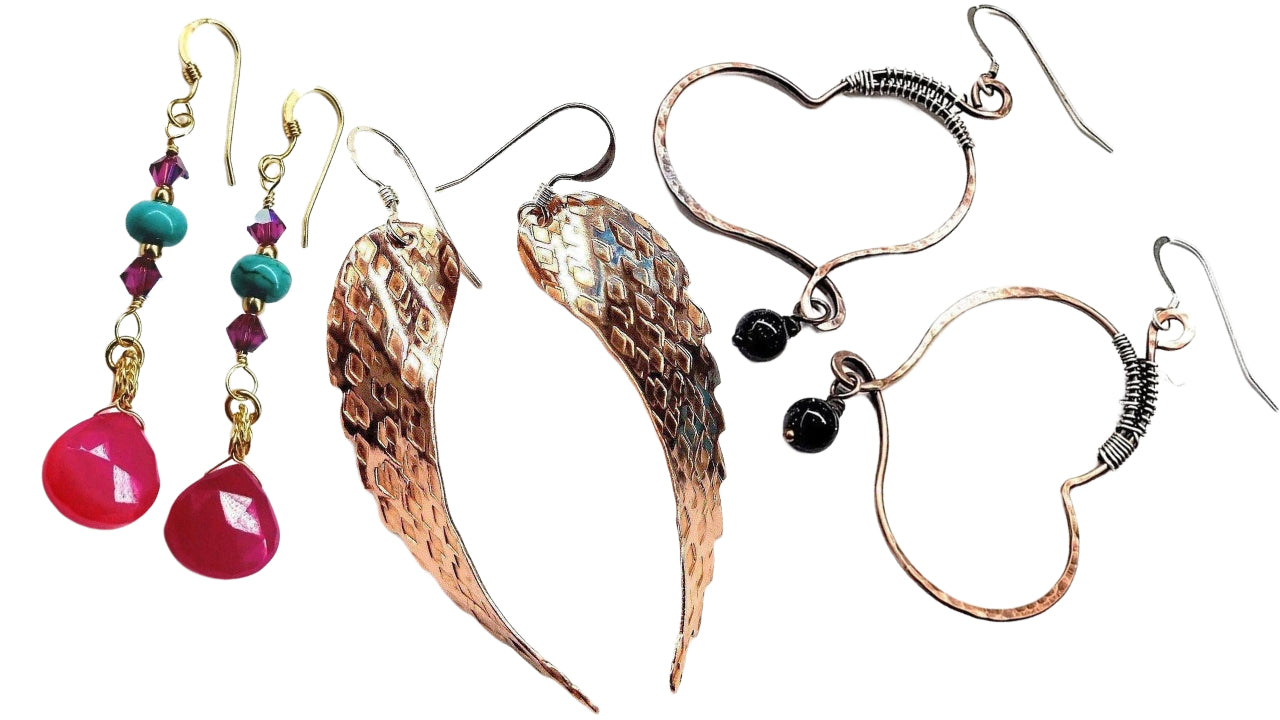

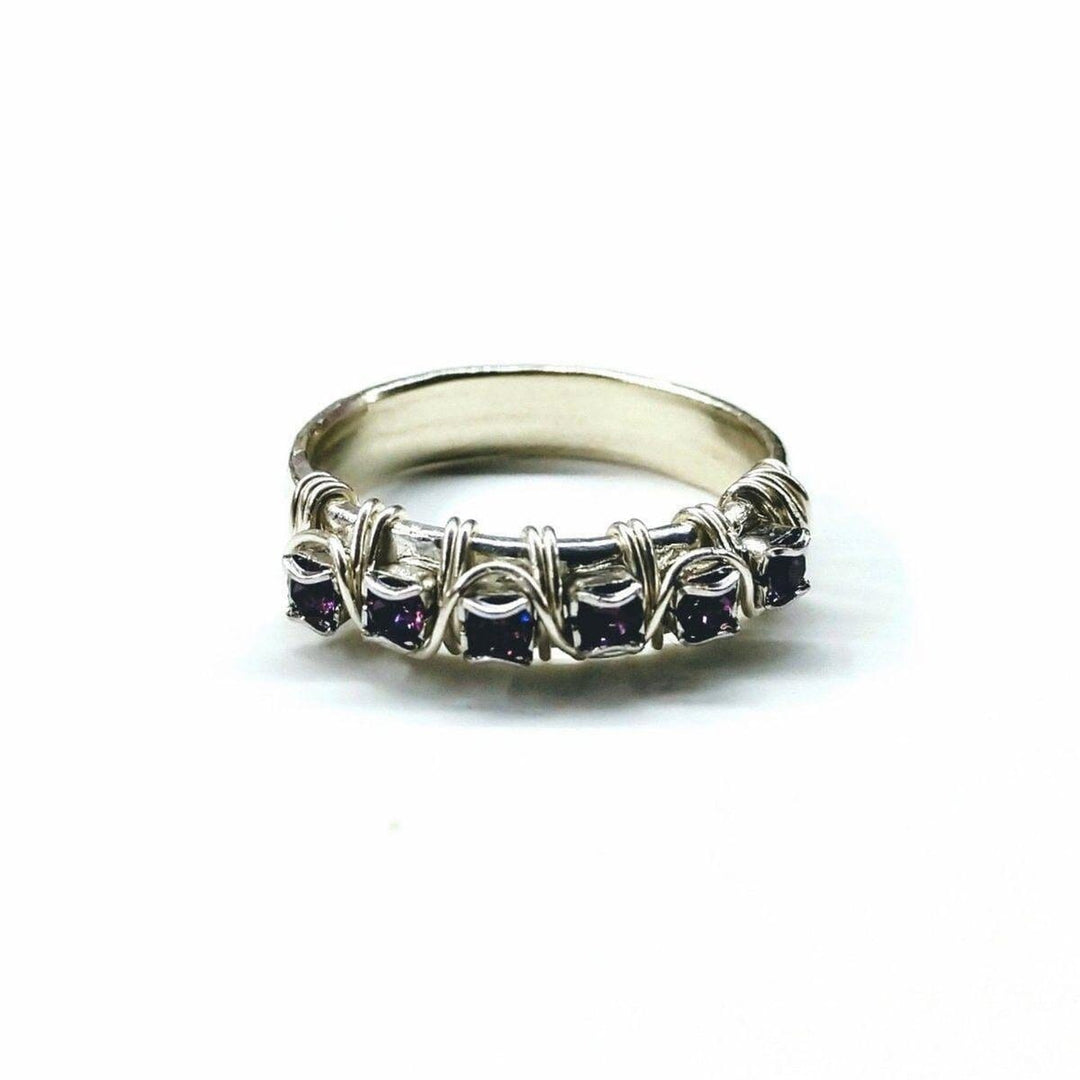
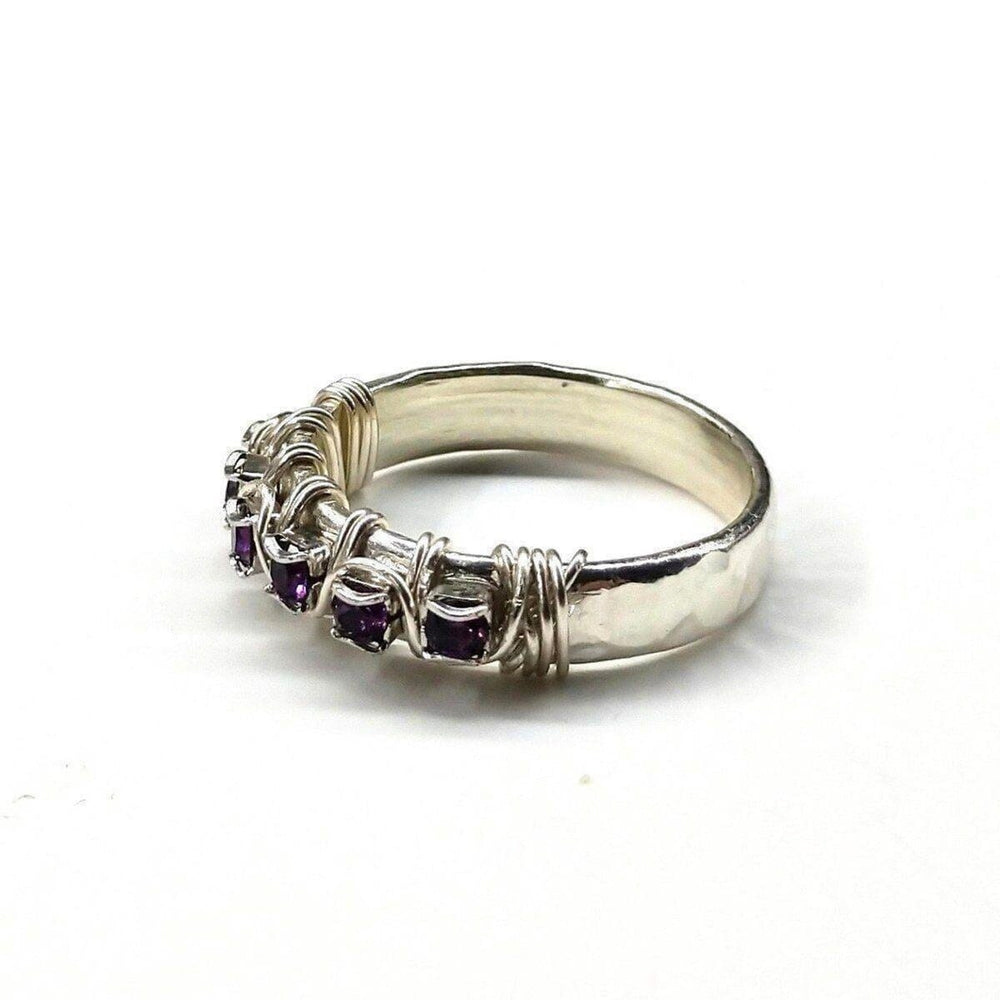
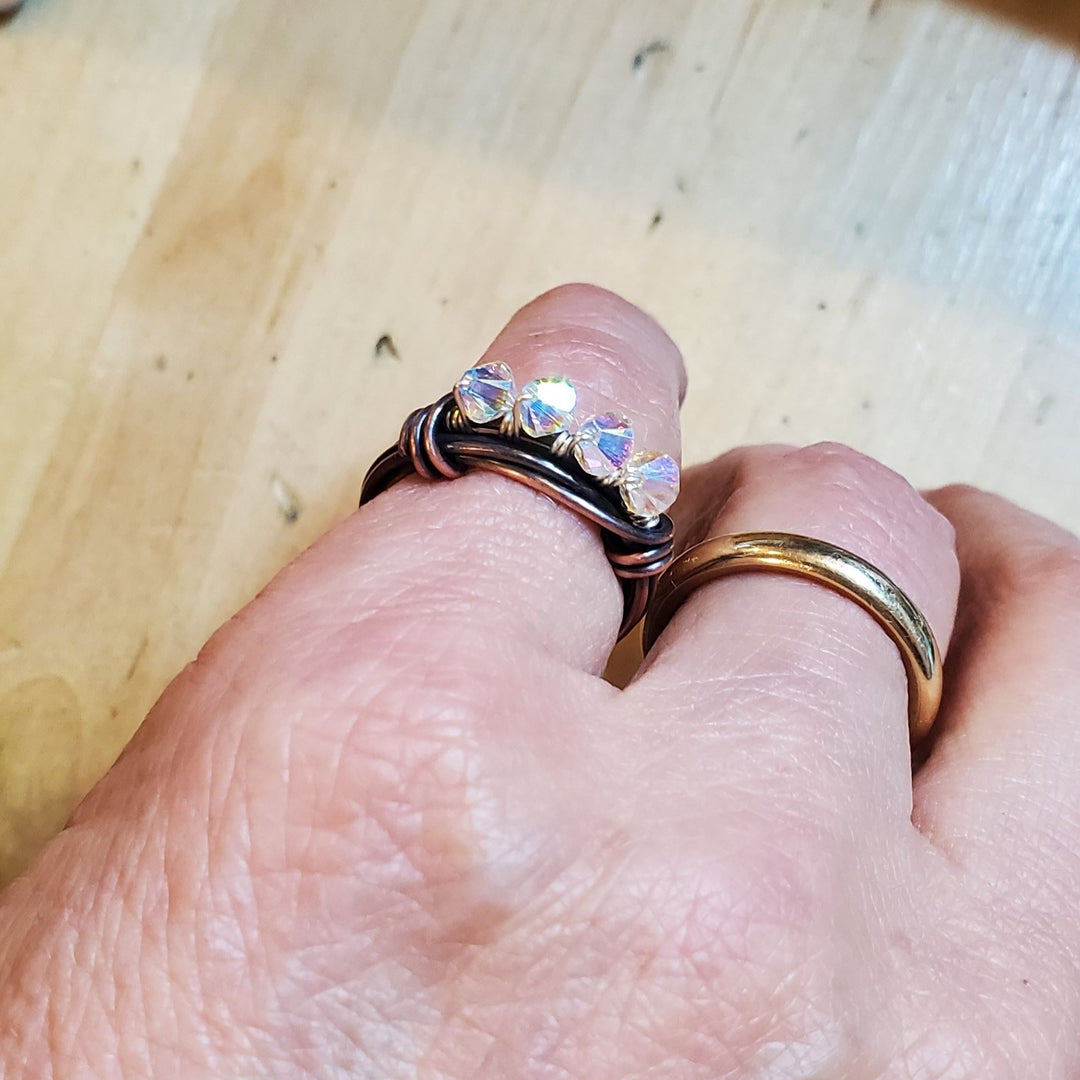
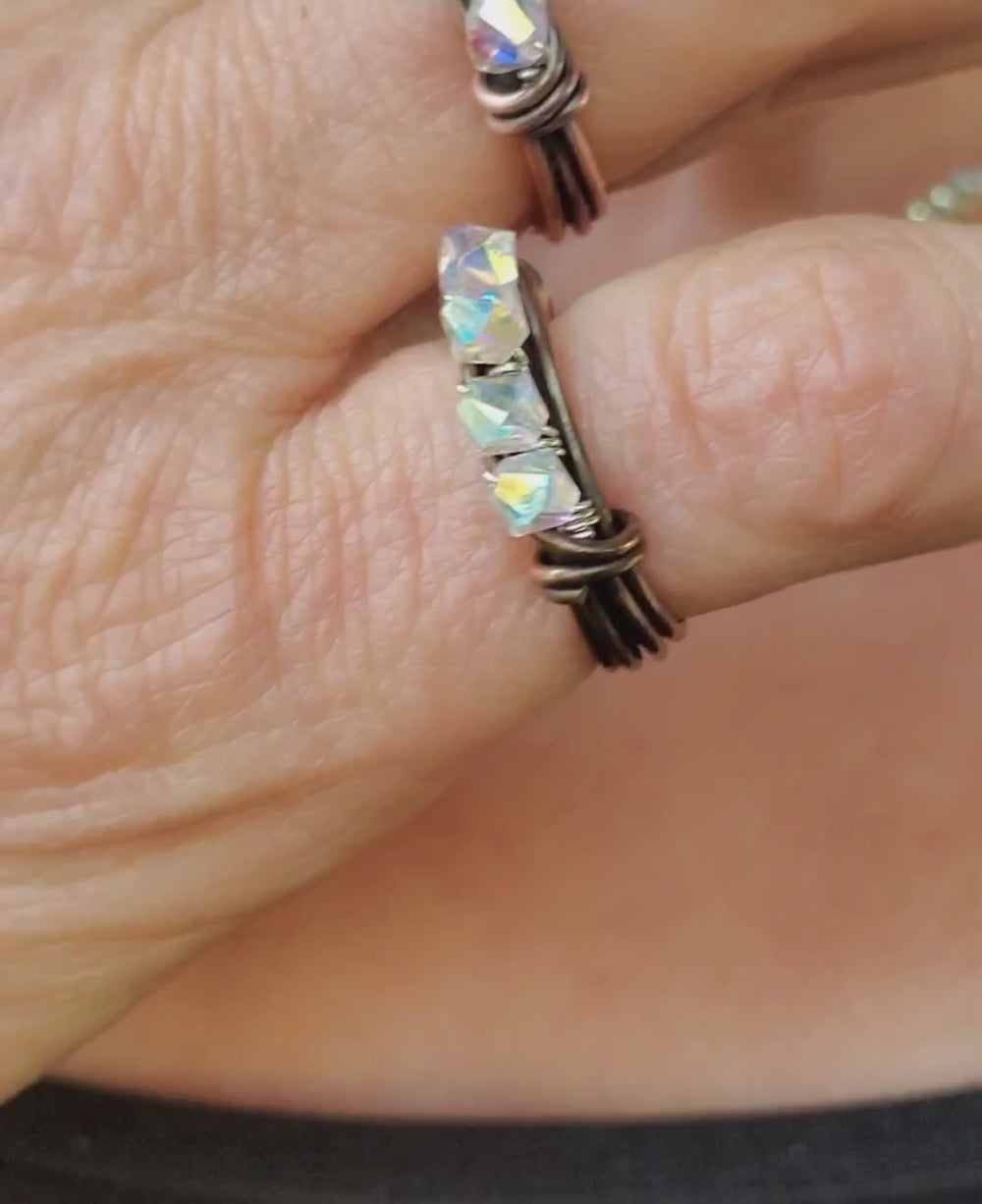
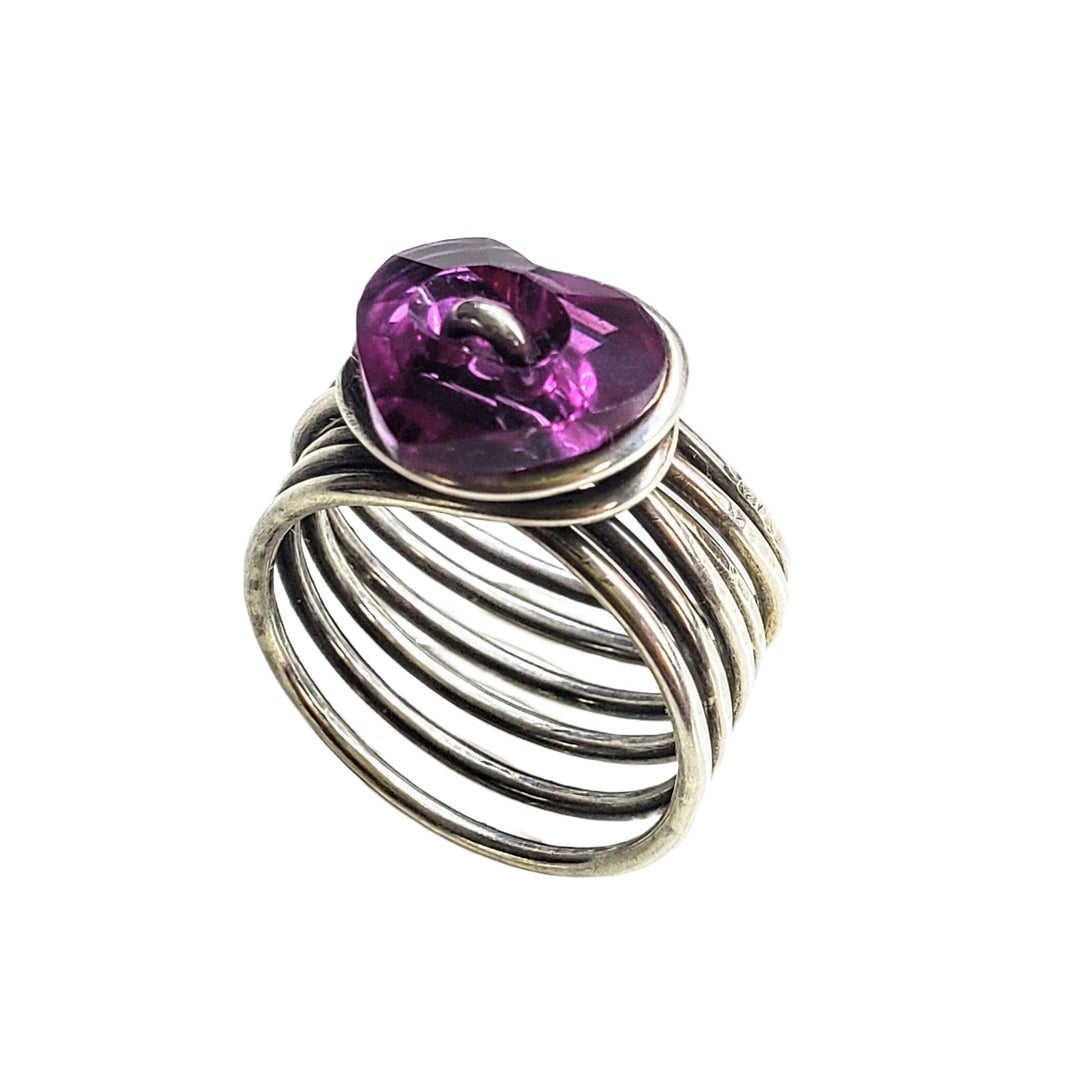
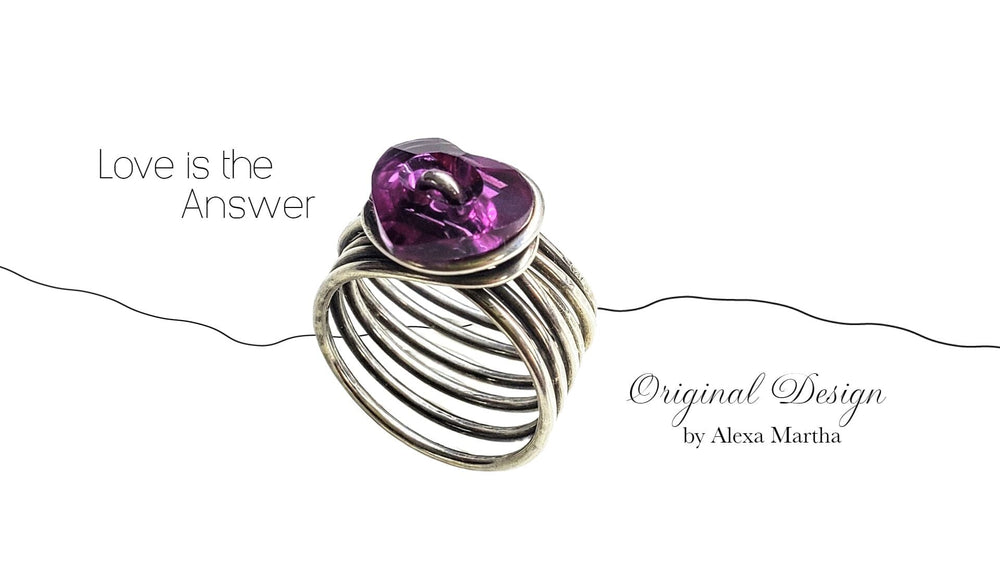
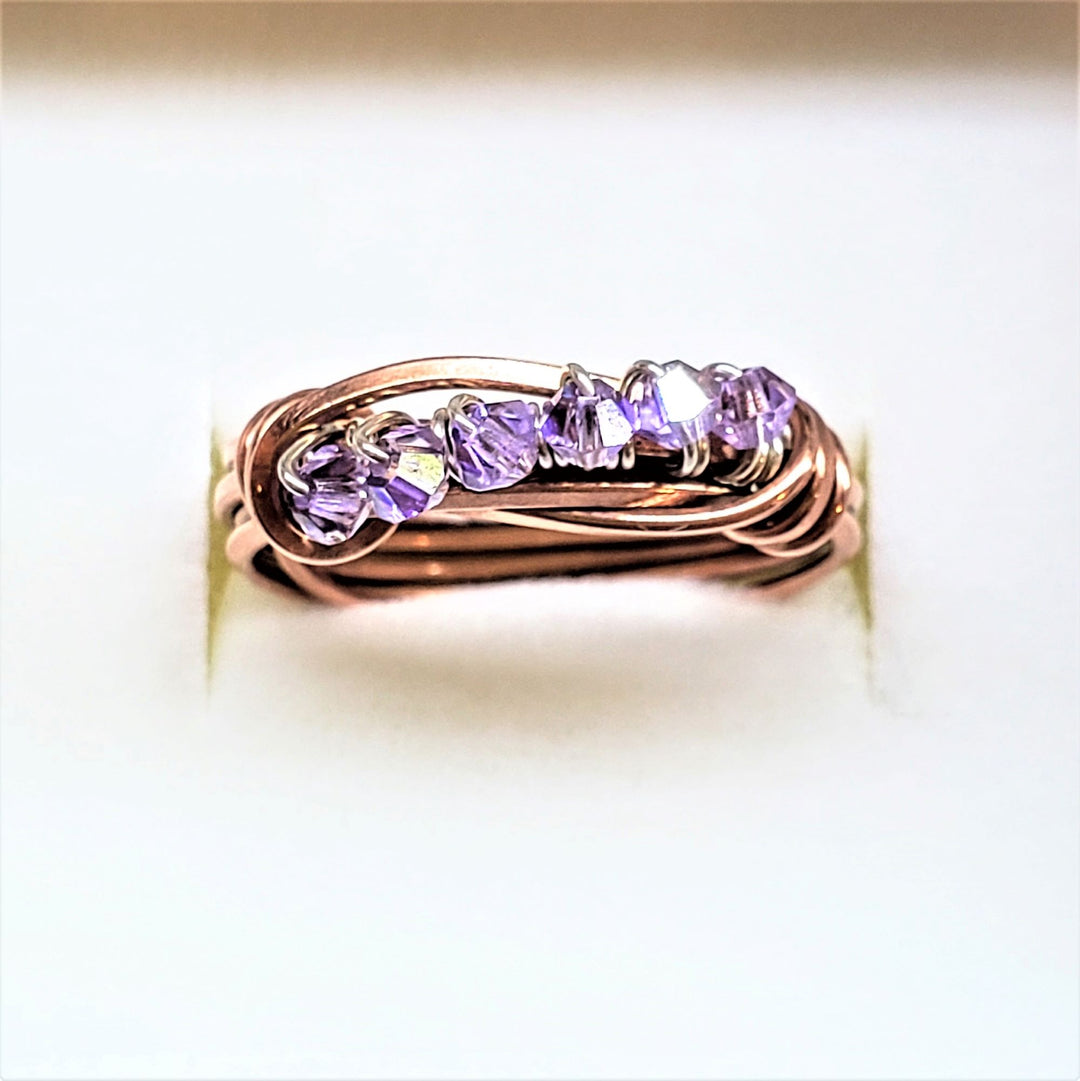
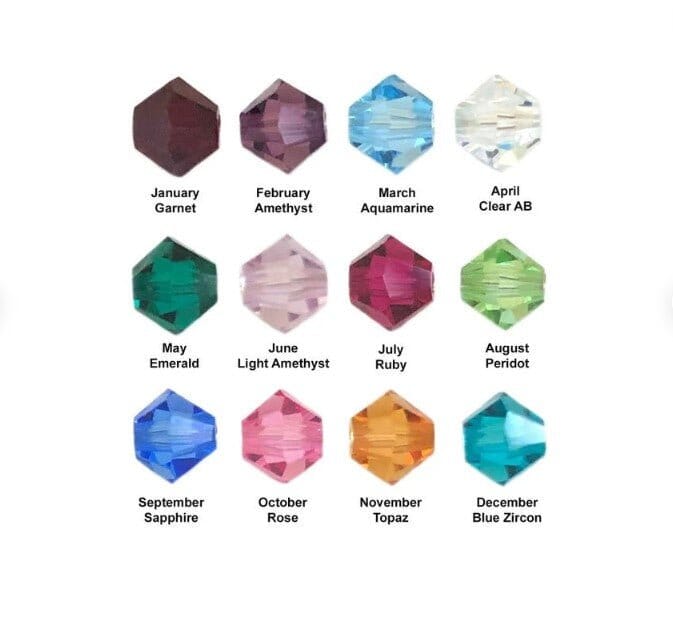
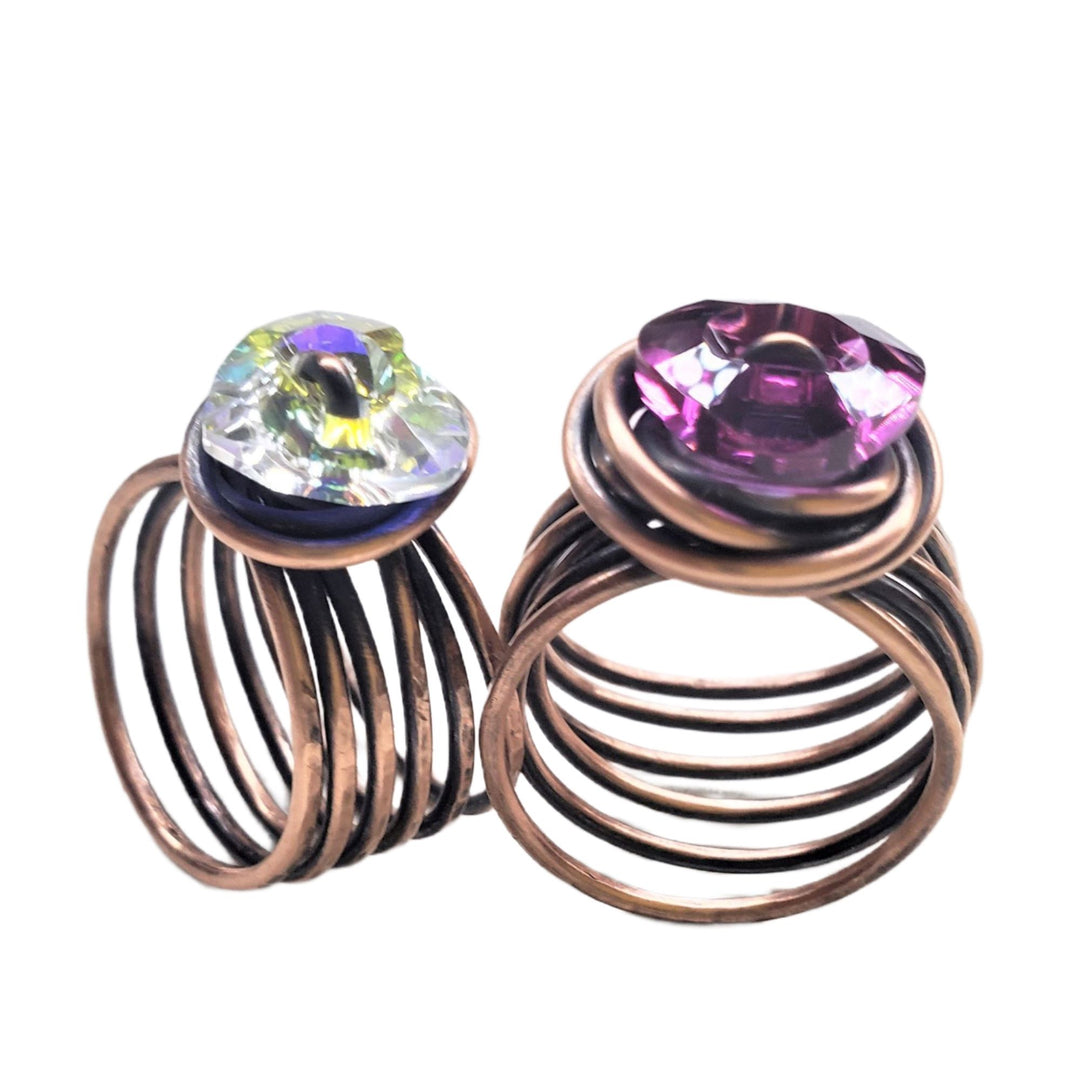
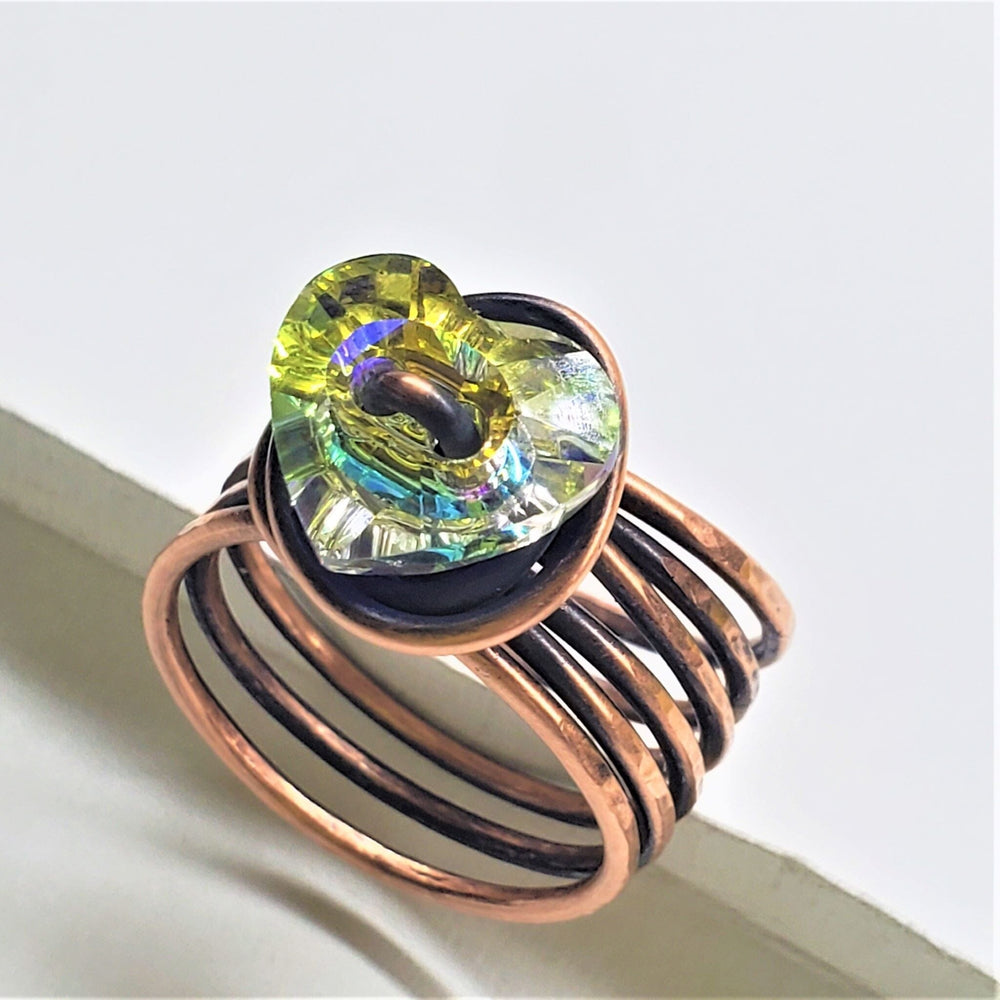
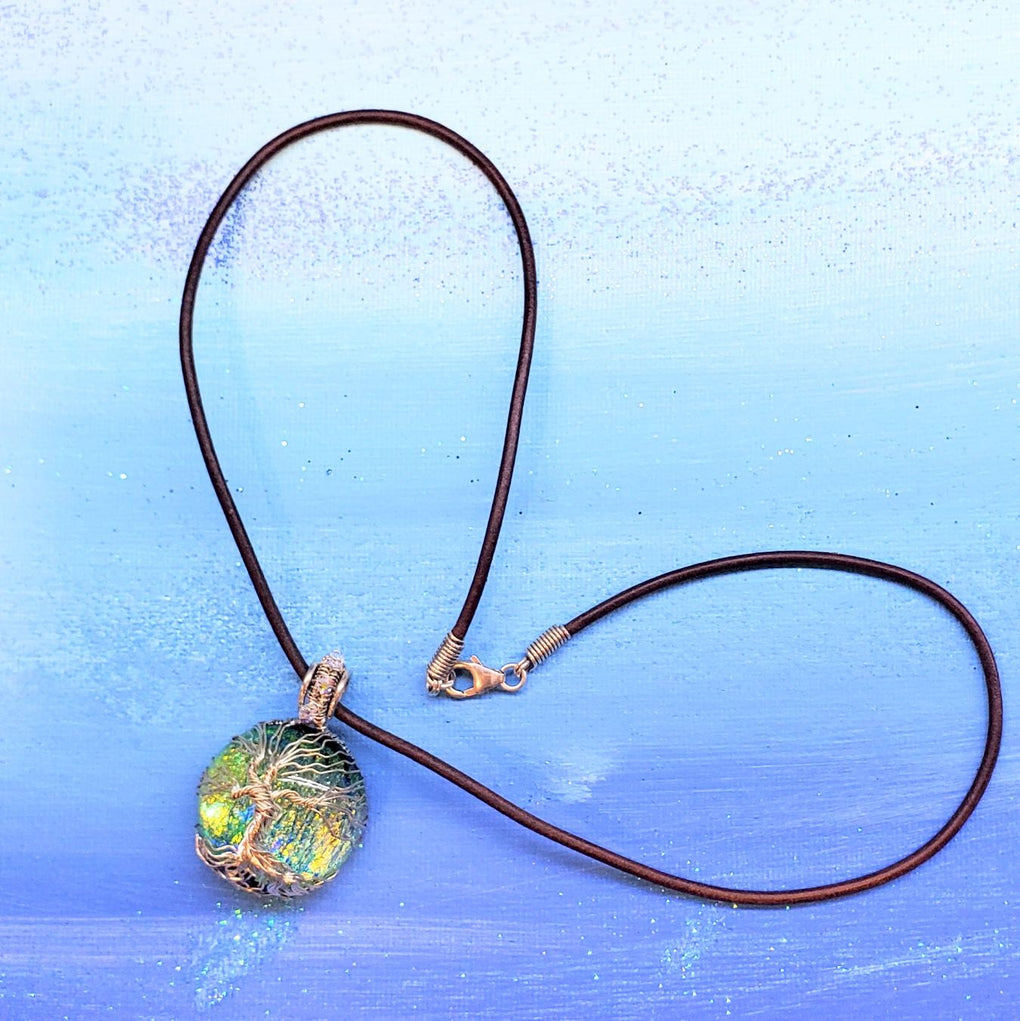
Leave a comment